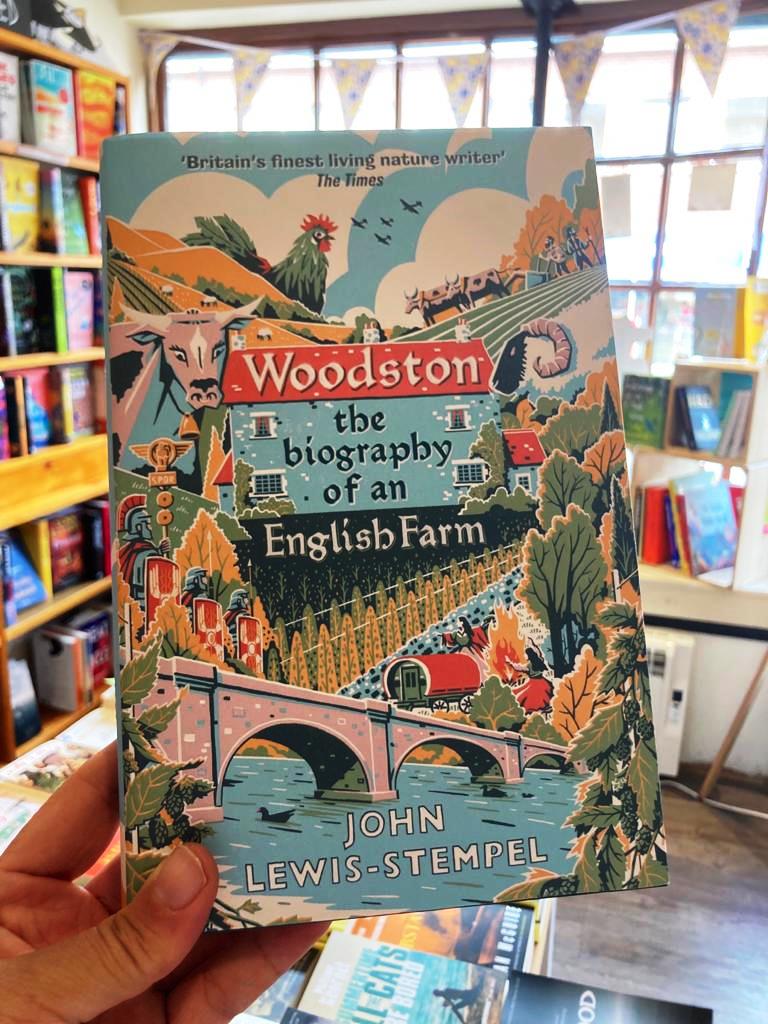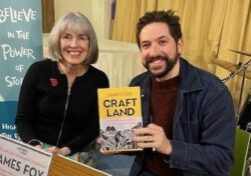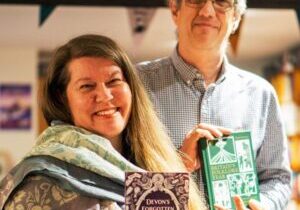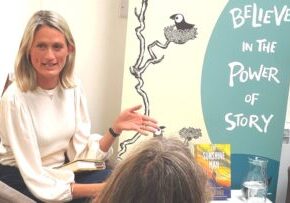
REVIEW
Woodston: The Biography Of An English Farm
John Lewis-Stempel
July 29, 2021
Blog > Reviews > Woodston: The Biography Of An English Farm
Lying on the ground at the edge of a ripe wheat field, John Lewis-Stempel describes in loving detail all the life he observes: flowers, insects, birds, a field mouse even a toad waddles past; he is mesmerised and stays there for hours.
For 30 years from 1930, Lewis-Stempel’s grandparents ran Woodston farm. It was primarily a hop farm but mixed with sheep, milking cows, wheat and other crops for animal feed. ‘Poppop’ was hired because he was a good farmer and the farming practices he followed were traditional. As his grandson grew he passed on some of his knowledge and experience to his eager student, especially, and most importantly, his respect for the land.
Tracing the story of the land and the people farming it from the archaeological fragments of Neolithic settlement, Anglo-Saxon innovation establishing crops, livestock and practices still in use today, the effects of plague on labour and ownership, the huge wealth generated from sheep, enclosures, the Agricultural Revolution and new machinery, food imports and the collapse of markets and modern methods reliant on chemicals, Woodston is a fascinating account juxtaposing local with national history and discussing fundamental questions about food production and use of the land.
Adapting to changing markets, hops came to Woodston in the 1700’s and became the most important crop as demand grew, peaking in the late Victorian era. ‘Poppops’ became an expert, with ‘one of the finest hopyards in the Midlands’, modern hop kilns (the venue for the proud couple’s wedding reception) and seasonal teams of pickers. For many years all was good but by the mid 1950’s the market for hops was in steep decline and more change was on the horizon.
Lewis-Stempel reflects on what has been lost from traditional farming methods and how in some ways they offer answers to the new challenges facing agriculture – to reduce the harmful effects on the environment and wildlife, to grow food for an ever-increasing population and perhaps help everyone reconnect to the land and the food we eat. In essence “To tread lightly on the soil, Understanding, appreciating that Nature and the farmer should be in union”.
A beautifully presented book as befits a text that is a lovely tapestry of history, personal experience, challenging opinions and lyrical writing.
(review by Andrew)












